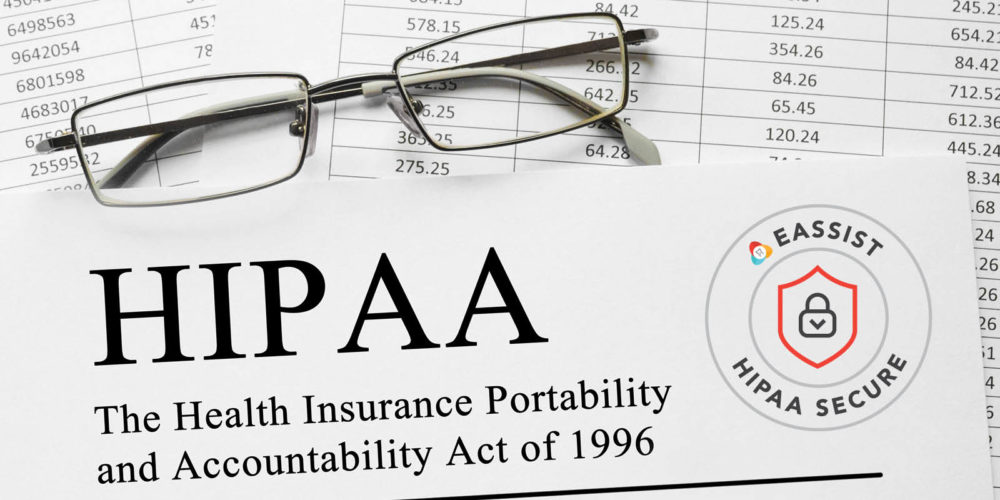Identity Theft and Insurance
Criminals steal identities through many ways. For example, they could steal bank cards and credit cards, phish for “personal information” via email, steal Social Security cards, etc. (McGill and Morales 2013). While thieves could steal “Social Security [numbers] on Medicare and Medicaid cards” for people’s identities, “the thief does not need your Social Security number to commit medical identity theft. Access to your name, date of birth, and address is enough to commit the crime and wreak havoc in your life” (The Dental CFO 2017). Thieves could steal identities of the elderly, children, “patients who frequently access the healthcare system, such as pregnant women and new mothers, surgery patients, and patients with chronic or serious diseases,” and “millennials who post or publish a lot of personal information on social media sites and apps” (The Dental CFO 2017). Dentists’ identities could also be stolen and used for fraud. When criminals use stolen identities for selfish gains, dentists should have measures to prevent them from receiving undeserved coverage and take action against those who stole their identities as dentists for illegal purposes.
Criminals could use other people’s identities in order to “fraudulently file insurance claims or acquire government benefits (Medicare or Medicaid)” and dental clinics can help prevent this from happening (The Dental CFO 2017). When these criminals use other identities for medical coverage, they may use up the insured’s benefits (The Dental CFO 2017). When a dentist finds out that an imposter received undeserved coverage, “the insurance company will recover its payment from [the dentist]. Unfortunately, it is unlikely that [the dentist] will then be able to recover [his or her] fee from the patient” (“Help avoid patient identity theft”). In order to prevent an imposter from achieving his or her goal, clinics should verify a new patient’s identity by “[requesting] to see a photo ID, such as a driver’s license, when [he or she] completes the new patient forms,” “[comparing] the photo ID with any enrollment document the new patient may bring,” “[keeping] a copy of the patient’s photo ID with his/her dental chart,” and “[verifying] the patient’s eligibility status with his/her insurance carrier” (Everitt 2015).
In addition to patients, dentists’ identities can be stolen to commit fraud in dental claims (Davis 2016). For instance, employers commit fraud by “[assigning] a credentialed employee dentist’s name and licensing to the care and insurance filing of dental services that they never provided” (Davis 2016; Tekavec 1998). They may also use a “validly credentialed employee doctor” in a claim for a treatment that was actually done “by a non-credentialed doctor or non-doctor” (Davis 2016). In these cases of fraud, of which the dentists could know or not, the dentists should “report any violations to appropriate authorities” (Davis 2016).
Dentists need to verify their patients’ identities as well as prevent anyone, such as their employers, from misusing their identities as dentists. By doing so, they help insurance cover the correct people and treatments.



0 Comments